County in East China: aisle of history
Updated: 2016-04-19 08:49
By Deng Zhangyu(China Daily)
|
||||||||
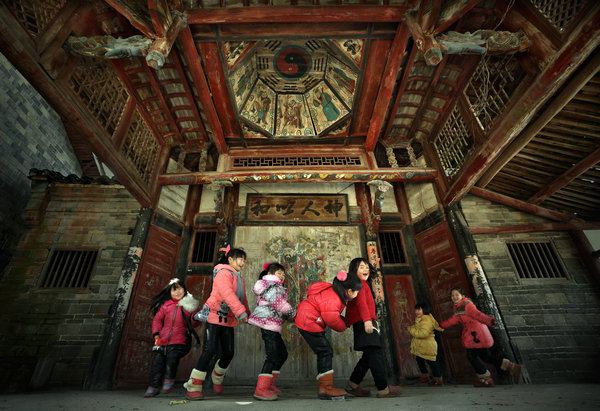 |
|
Children play in an old ancestral temple. [Photo by Zhou Fuyang, Li Huihuang and Jie Gang/China Daily] |
The top annual meetings of the National People's Congress and the Chinese People's Political Consultative Conference are commonly referred to as the two sessions.
But not all old houses are demolished. Some are transformed into tourist attractions and the local residents are replaced by businesspeople.
Guo says houses in Jinxi have retained their olden-day forms as locals have great respect for their ancestors.
"People don't demolish old houses. They may leave for the cities or build new houses near their village," says Guo, whose team has been in the area for two months now with the sole aim of studying the houses and protecting them.
She has helped with a conference called Digital Heritage Around China to raise awareness and money for the protection and preservation of ancient villages.
In Youdian village, there are 72 ancient stone buildings with walls that are several meters high. The village's most famous ancestor was Hu Guifang, a senior official in the Ming Dynasty, who was then in charge of construction, transportation and agriculture.
He returned to the village only after his retirement.
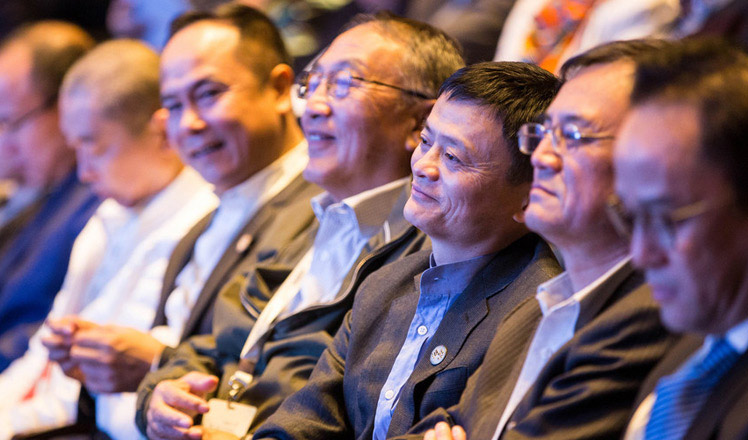
 Smart age makes a billionaire in six years
Smart age makes a billionaire in six years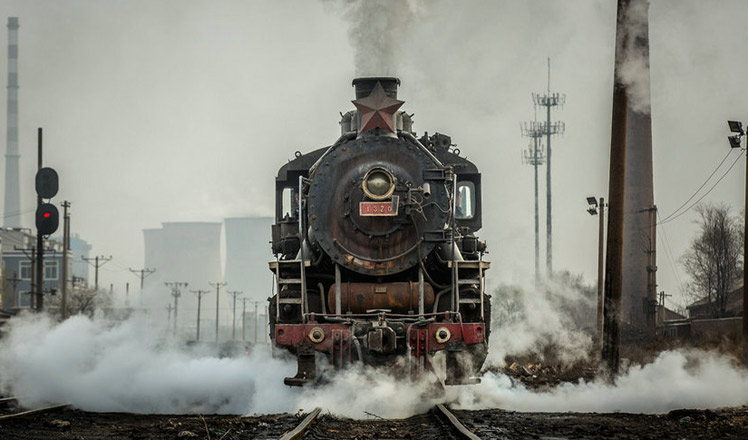
 China's last steam locomotive is to disappear
China's last steam locomotive is to disappear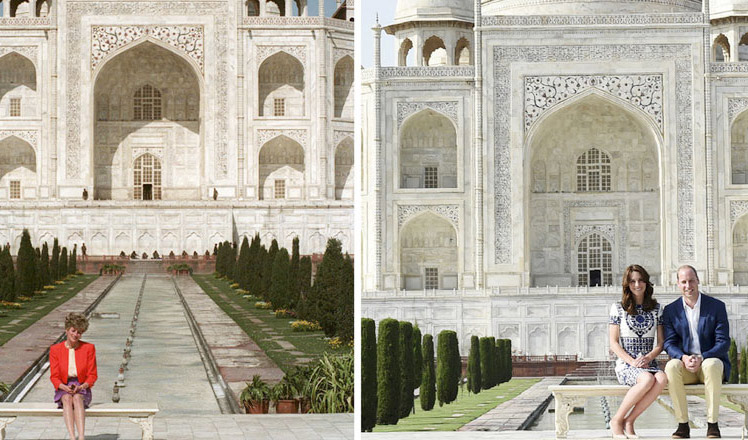
 British royal couple visits the Taj Mahal
British royal couple visits the Taj Mahal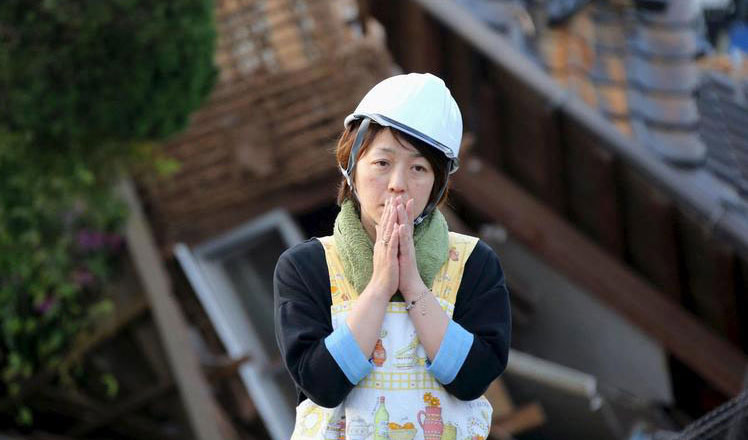
 The world in photos: April 11- April 17
The world in photos: April 11- April 17
 PLA plane lands at Yongshu Jiao reef to help patients
PLA plane lands at Yongshu Jiao reef to help patients
 Top 10 Chinese brands that grow the fastest
Top 10 Chinese brands that grow the fastest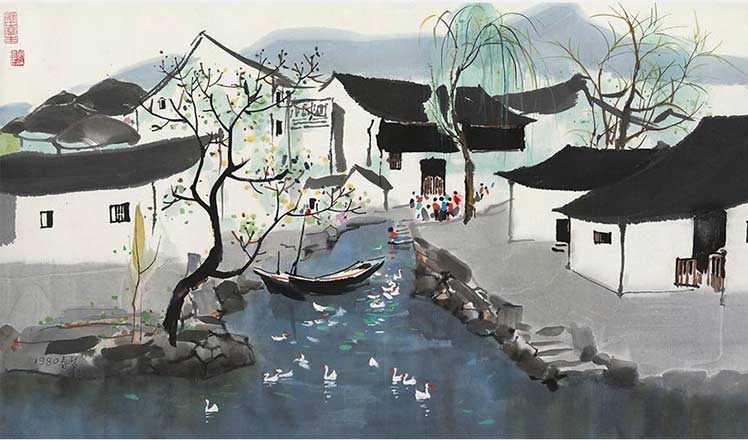
 Best Chinese paintings that reveal the beauty of spring
Best Chinese paintings that reveal the beauty of spring
 Millions visit charming forested area in East China
Millions visit charming forested area in East China
Most Viewed
Editor's Picks

|

|

|

|

|

|
Today's Top News
China's finance minister addresses ratings downgrade
Duke alumni visit Chinese Embassy
Marriott unlikely to top Anbang offer for Starwood: Observers
Chinese biopharma debuts on Nasdaq
What ends Jeb Bush's White House hopes
Investigation for Nicolas's campaign
Will US-ASEAN meeting be good for region?
Accentuate the positive in Sino-US relations
US Weekly

|

|








